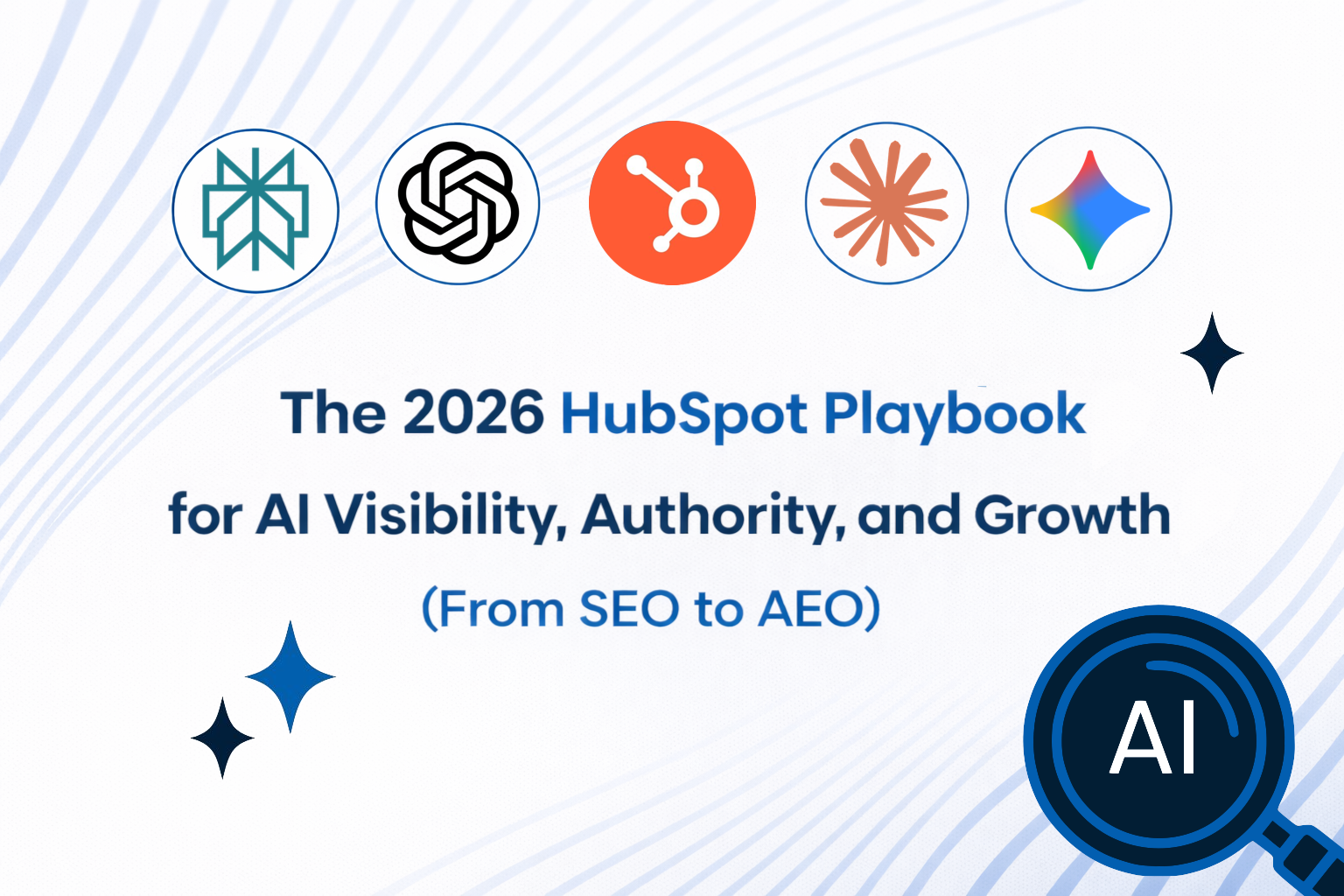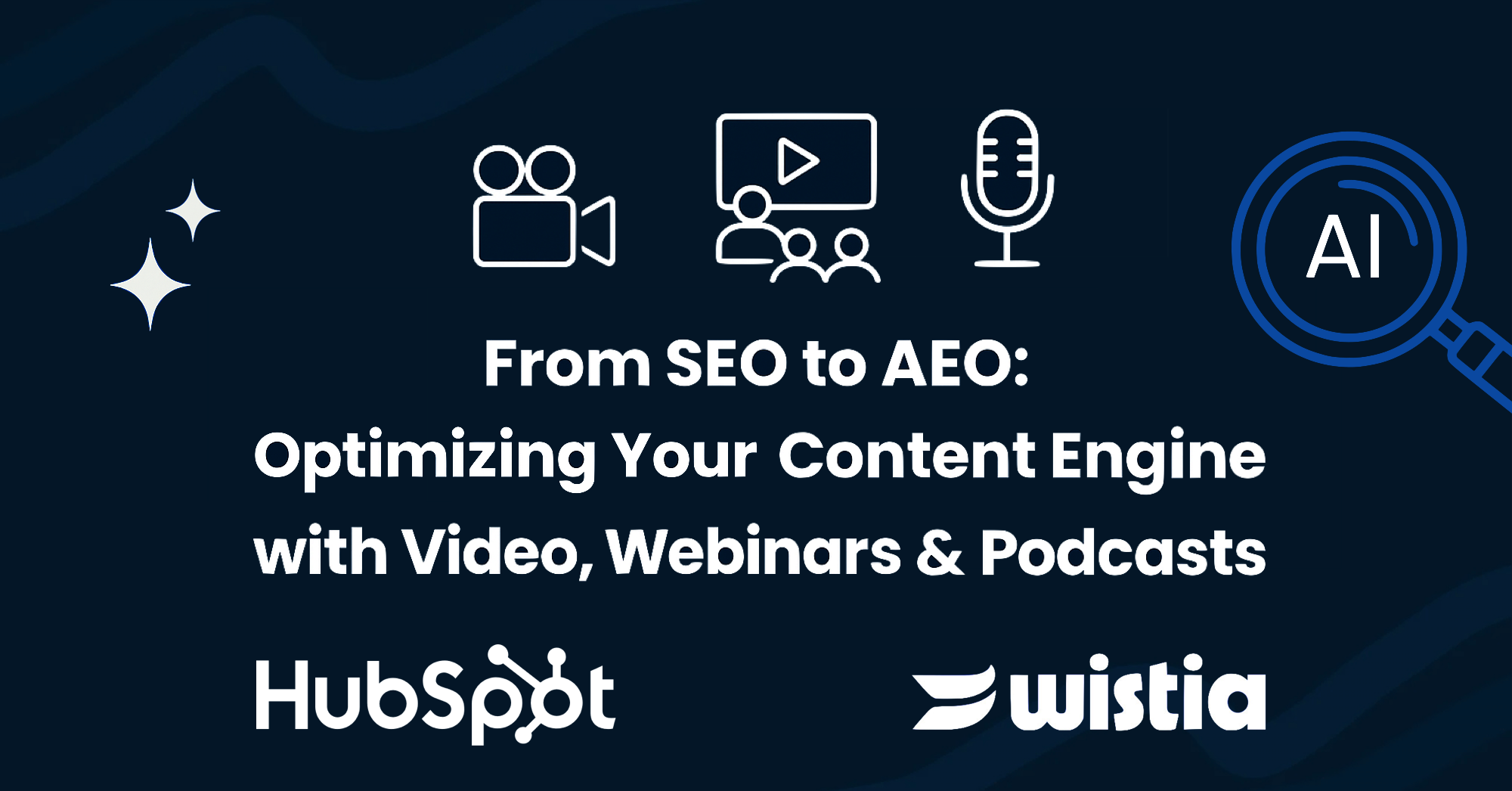HubSpot just released the State of Inbound 2017 and there were a few statistics that stood out to us about the success that inbound has had, weighed against the budgeting plan for organizations this year. HubSpot found that 46% of organizations claimed that their inbound marketing efforts gave them a higher ROI than that of outbound marketing, where only 12% of organizations claimed outbound produced a higher ROI. These numbers are a healthy indication of how organizations have been able to implement the inbound methodology into their business strategies and produce positive results from those efforts. These statistics weren’t surprising to us as an agency entirely dedicated to inbound services, but what did surprise us was that 63% of organizations were either not changing their budget, lowering their budget, or were unsure about their inbound budgeting future. What factors make organizations hesitant to invest in methods that produce more revenue than all other marketing efforts? The answer is simple - organizations that aren’t committing their budgets to higher ROI activities are the ones that aren’t monitoring their efforts effectively.
Here are 5 key initiatives to help justify your inbound marketing budget this year:
Related Blog: 5 Reasons Why Inbound Marketing Is Here to Stay
1. Active Reporting and Monitoring
By focusing on the 42% of organizations that either didn’t calculate, could not calculate, or were unsure of their organization’s ROI, we can better identify the source of an organization’s inbound hesitation. From the State of Inbound report, 40% of organizations claimed that their biggest marketing challenge was proving ROI, and as a marketing agency, we understand the importance of accurate and efficient reporting to justify marketing efforts. Reports turn your creative strategies into proven result-driven campaigns. By understanding why your company isn’t measuring certain activities of your business, and by implementing relevant reporting strategies from that, you’ll be able to create decision-making efficiency that generates success for all functions of your business.
2. Help Align Marketing and Sales Teams
Are marketers creating the right content to generate leads? Are sales nurturing leads effectively and closing the loop on customers? One can't exist effectively without the other in an inbound organization. According to the State of Inbound report generated by HubSpot, only 22% of organizations had tightly aligned sales and marketing teams this year. Without the close connection between sales and marketing, there will be several missed opportunities. Active report monitoring will help maintain accountability between sales and marketing, and it's important for organizations to take a proactive approach to this issue to generate real inbound success.
3. Leveraging Value
Finding strategies that work for you and your business, can often feel like a complex process of trial and error. When tracking the results of your marketing efforts, your organization will find a strategy that optimizes your efforts effectively. Using proven results is an extremely powerful tool that helps leverage value to your customers. By testing strategies and monitoring results through HubSpot, you can also limit the resource waste that your organizations often experience when shifting marketing strategies.
4. Setting New Goals
Just because some organizations who have implemented inbound marketing aren’t planning on spending more on those efforts this year, doesn’t necessarily mean that they are losing faith in the methodology. Organizations might be seeing such great returns from their efforts that they can spend less and still meet their revenue goals. Just because you're meeting revenue goals that were set while you still used traditional marketing methods, doesn’t mean you should maintain the same revenue goals when you shift your efforts to inbound. In fact, It's important to reevaluate and find a new growth goal that better represents your newly optimized inbound marketing efforts.
5. Take On The Disruptor - Social Video
Try finding your inner David Bowie and embrace the ch-ch-ch-ch-changes!
Your organization is finally finding their inbound stride and are loving the results from the new implemented strategies, but now experts are telling you to ditch your current technique and begin shifting your content from text to video. Inbound marketing is a very organic process that requires adaptation constantly. Changes in content strategies on your website also require changes in your content distribution strategies. From the State of Inbound report, Youtube, Facebook video, and Instagram were the three distribution channels that organizations heavily shifted focus towards this year. All three of these platforms are video-focused content distribution channels, which indicates to us that buyers are evolving in the way that they digest information and organizations must evolve as well. The inbound marketing methodology relies on new technology and adapting to buyer habits, which can be intimidating to businesses.
Organizations are doing excellent work and are using the inbound methodology in very cool and creative ways, and as a HubSpot Partner Agency, we feel privileged to see that success every day. So, when we learn that there are organizations that use inbound marketing, but aren’t satisfied enough to invest in it further, we thought, how is that possible? Businesses that embrace the inbound methodology are businesses that create the best opportunities for success.



-1-1.png)

